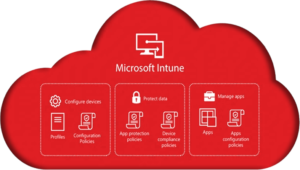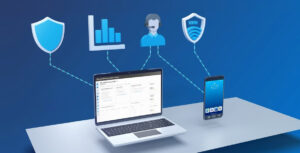BitLocker Administration and Monitoring: Part 2
After you complete installation of the server components, you can test the installation by opening a web browser on a computer and going to https://<server_name>/helpdesk. You should see a screen like this:
This will serve as the portal for your help desk to access recovery keys. The Drive Recovery node is where your help desk will spend most of their time. It looks like this:
The help desk can look up the recovery key by providing this required information. The only required information is the Key ID that is displayed on the end user’s screen. The User domain and ID fields are for reporting purposes.
To test the self-service portal, go to https://server_name/selfservice. After you log in, you will see an acknowledgement that you can customize. When you click through that, you will see the area where a user can request their recovery key.
Again, the user will have to enter the displayed recovery key ID and a reason for the request. This activity is viewable from the reports on the help desk site.
Deploying the MBAM Client
Each Windows device also needs to have the MBAM client installed. The client is included on the MDOP DVD. You can use Active Directory, ConfigMgr, or any other software deployment system to install the MBAM client. A full command line parameter reference can be found here: https://technet.microsoft.com/en-us/library/dn645348.aspx. I would first recommend extracting the MSI. You can add a few more options by directly using the MSI instead of the standard EXE. Here’s the command:
MbamClientSetup.exe /extract <extraction directory> /acceptEULA=Yes
After you have the MSI, here’s a basic installation command:
msiexec /i MbamClientSetup-2.5.1100.0.msi /qn ALLUSERS=1 REBOOT=ReallySuppress
Of course, this command must be executed from the directory containing the MSI. You can also add a path in front of the MSI file if that is not possible.
After the client installation is complete, the GPO’s will take affect for configuration. We will talk about the GPO’s and recovering a key in Part 3.





